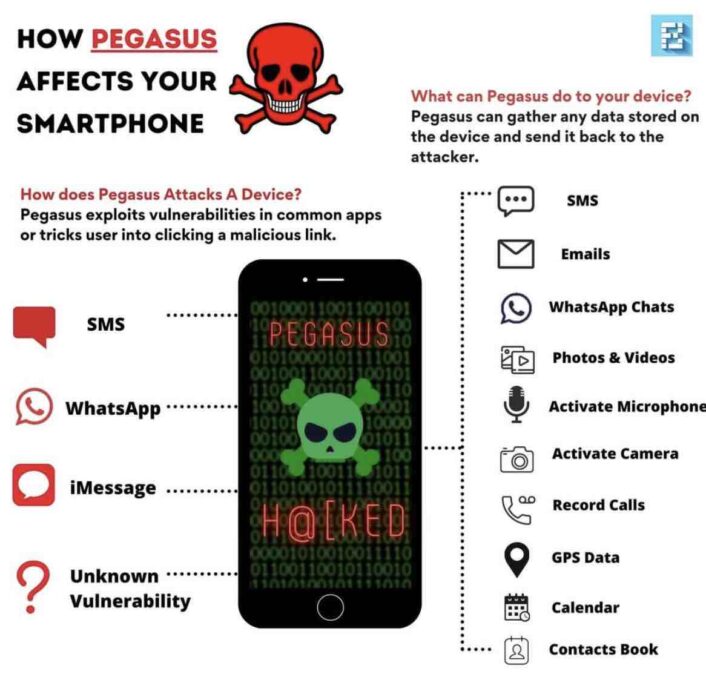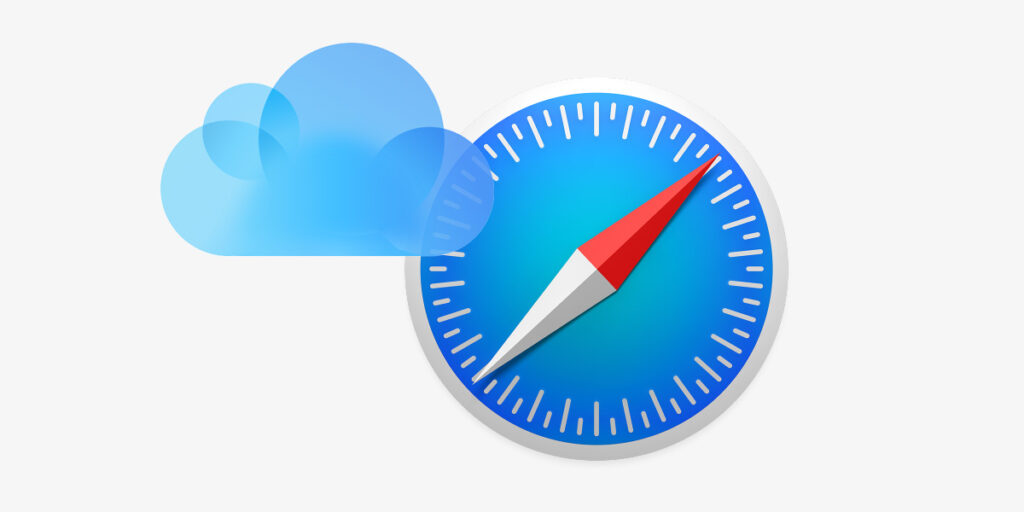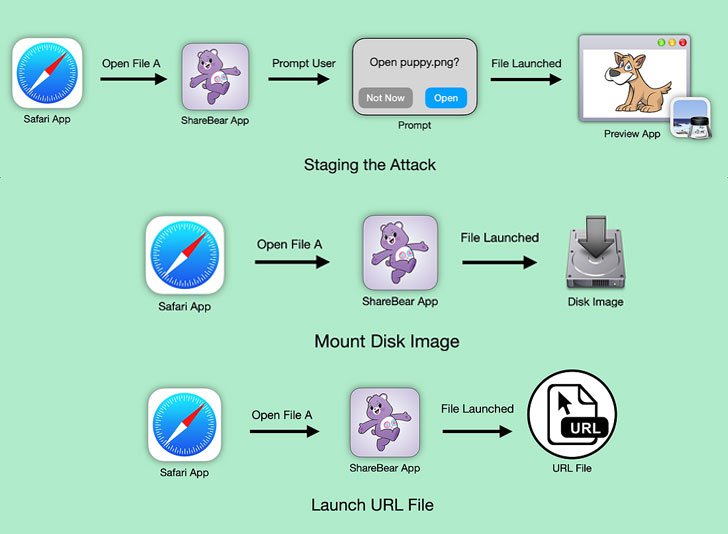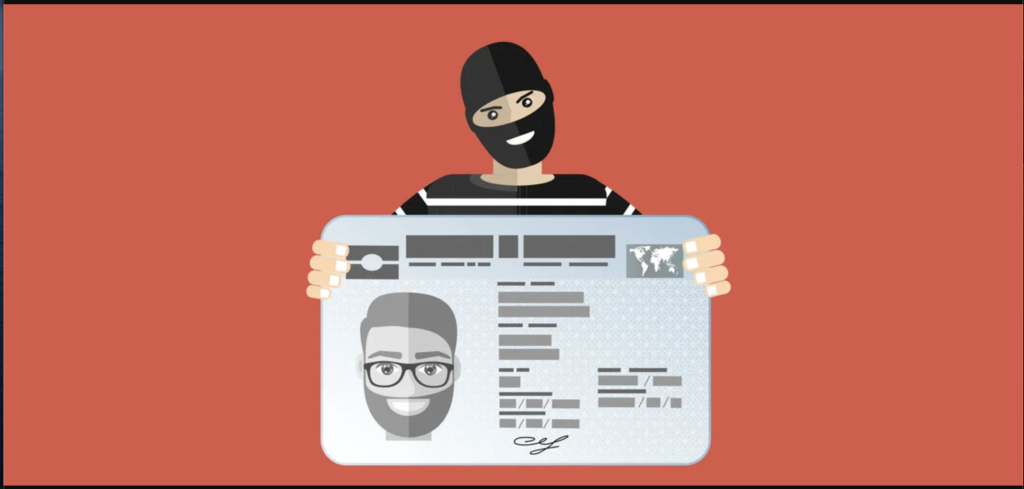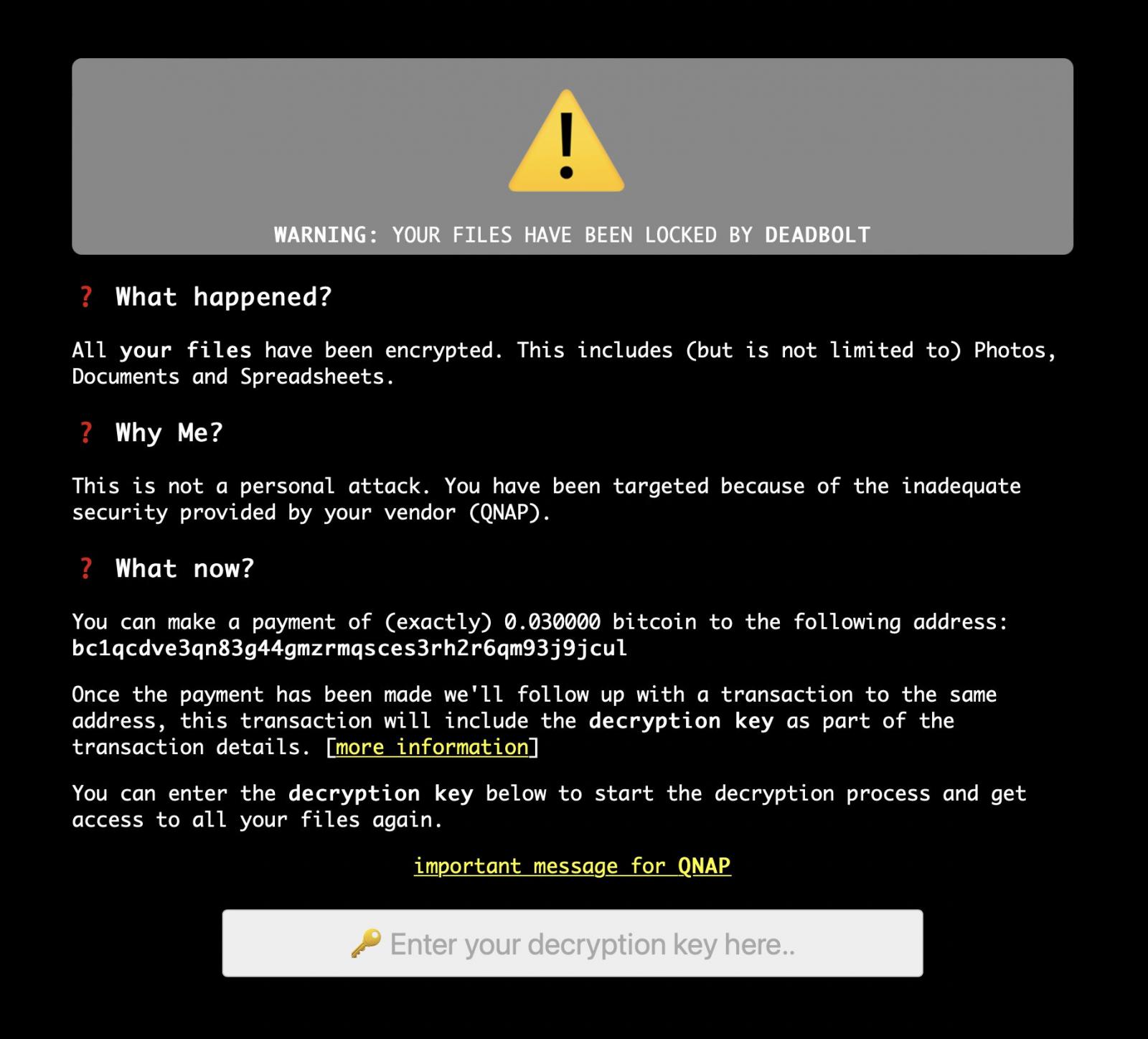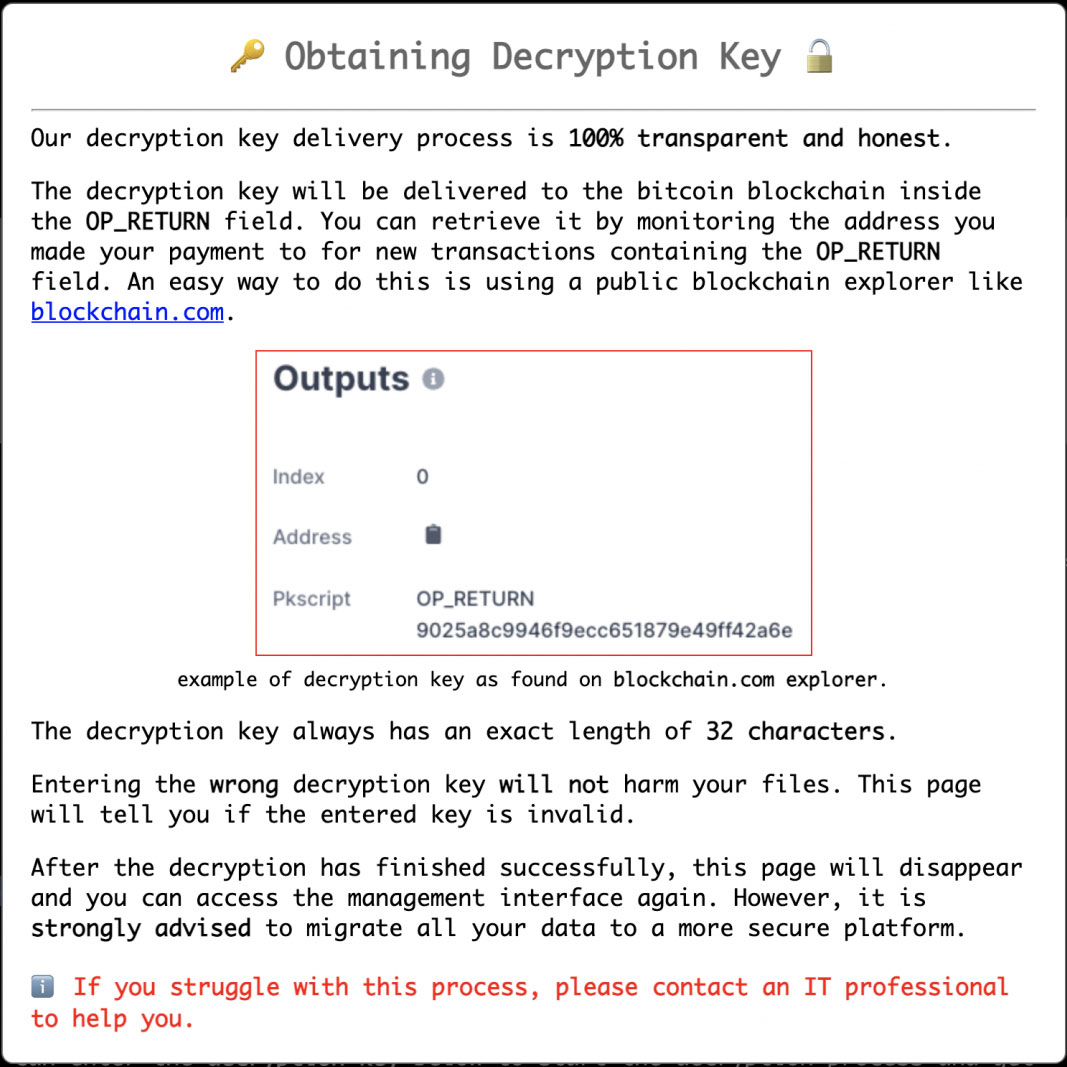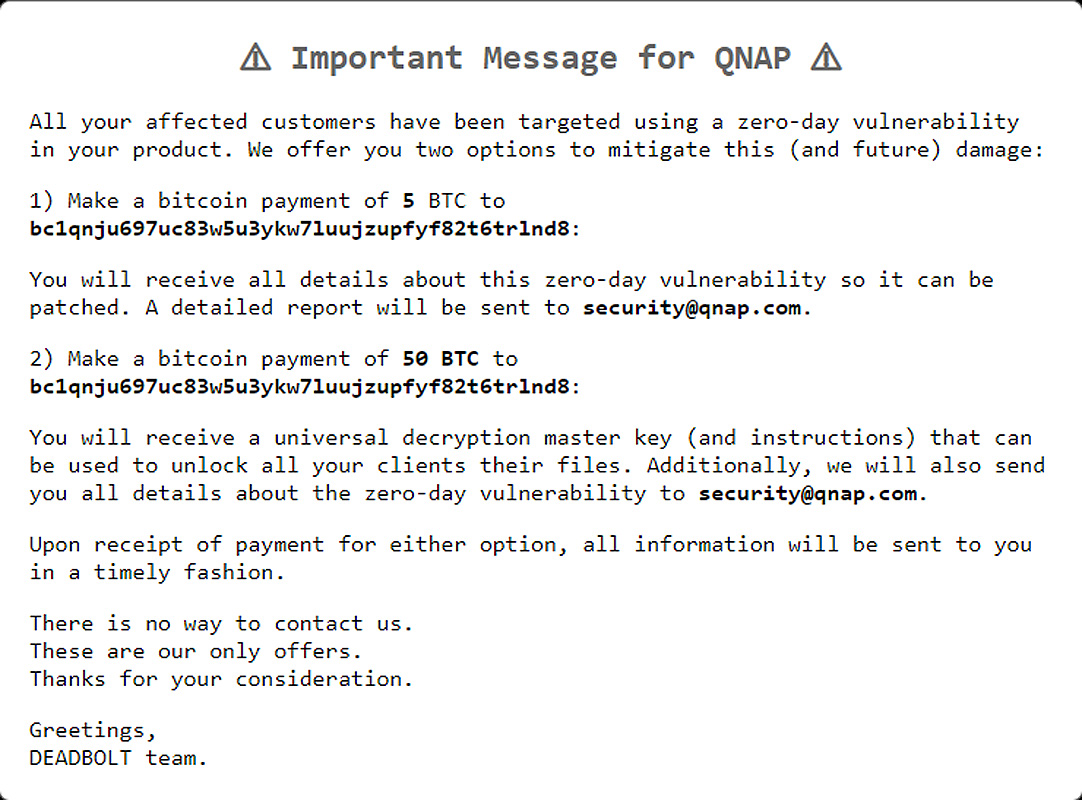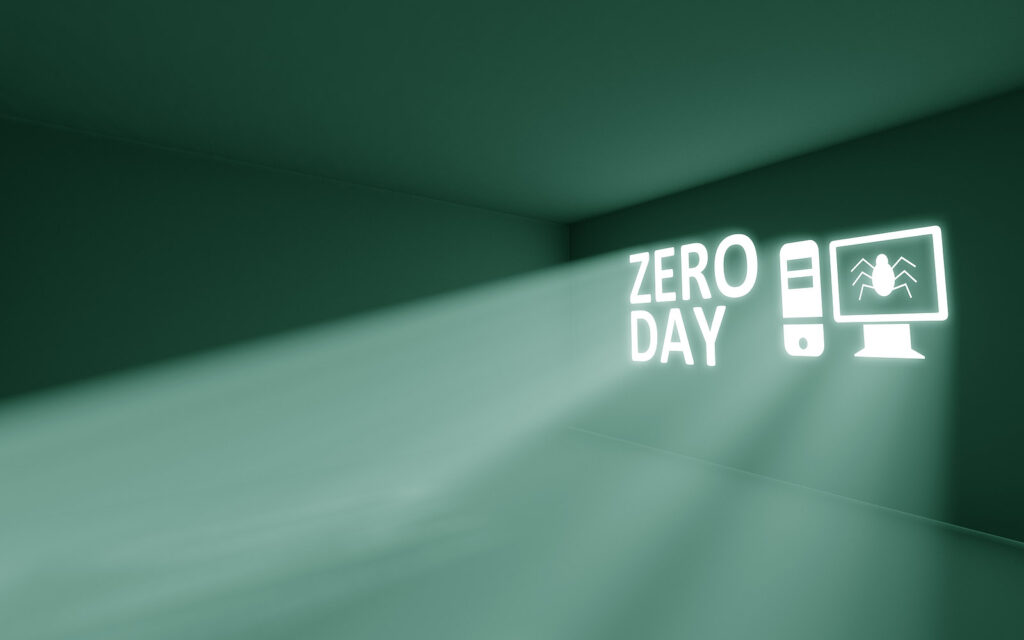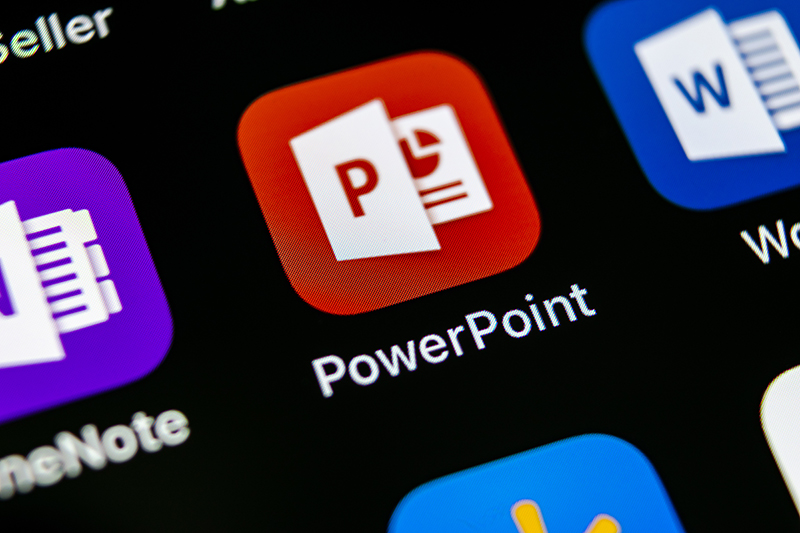
How the attack works
Attackers are embedding malware inside of PowerPoint files to hide malicious executables that have the ability to change windows registry settings without the user’s knowledge. Usually, unwanted programs become installed but in more extreme cases ransomware may be installed as well. This is especially dangerous because of how trusted a program that PowerPoint is and therefore keeps users’ guards down when opening a file of this type. What makes this very hard to detect is due to an add-on within PowerPoint itself which allows for malware to be cloaked by being coopted with the .ppam file.
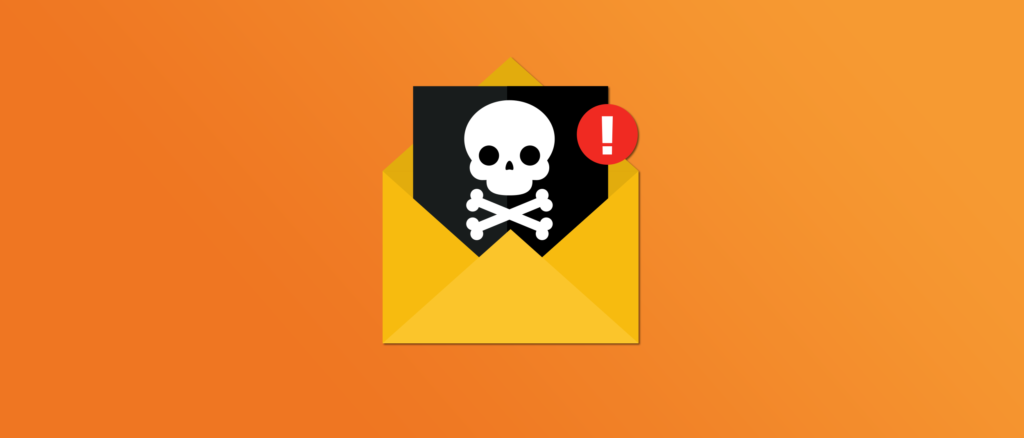
Emails as a way of attack
The way this attack is usually done is through emails. The attacker will mass send emails to unsuspecting users about purchases or other lies to try and get them to open it on their desktops in order for the virus to manifest onto the computer. Due to the nature of the .ppam file being very rarely used in general, most email virus scanners won’t be able to detect it as an initial threat and therefore makes it that much more dangerous. Quite frightening to see that even a file that would seem as innocent as a PowerPoint file could be used for malicious intent. Although this is one of the more recently found attacks, there have been numerous cases of professionally trusted programs being used to disguise malware, Microsoft Office, Google Docs and even Adobe Cloud have all had their share of cases. This makes it all the more important for users to be able to recognize phishing-type attacks as well as have the proper protective measures in place to ensure malware does not have the chance to infect a user’s desktop system.
Protection from future attacks
Although there is never a way to be completely protected from attacks, especially ones that rely on phishing tactics, there are still some reliable ways to try and prevent them. The most effective way is to always stay informed of different attacks that are becoming popular and to be able to always recognize when a file seems to be malicious but for obvious reasons that is not always possible. One popular way to defend against malware emails is to download a program that actively protects users by downloading emails into a sandbox and scanning for any suspicious files before allowing users to interact with said files. A more basic and simpler method that should always be used to protect oneself from phishing attacks is to check the validity of the sender of an unfamiliar email. If the email address looks suspicious then it is definitely a good idea to always try to double-check and verify that the sender of the email or message is who they say they are.
References
https://www.cybertalk.org/2022/02/03/powerpoint-files-used-to-take-over-computers/
https://www.mcafee.com/blogs/other-blogs/mcafee-labs/malicious-powerpoint-documents-on-the-rise/
PowerPoint Files Abused to Take Over Computers

